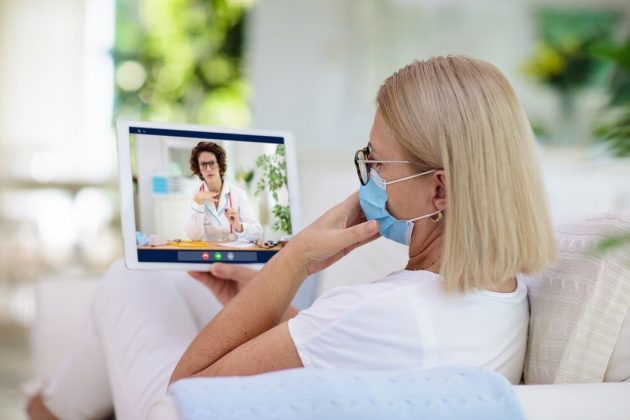
Telehealth to experience massive growth due to COVID-19: Frost & Sullivan
by CM Staff
Demand for telehealth will soar by 64.3% in the US in 2020 as the COVID-19 pandemic disrupts the practice of medicine and the delivery of healthcare

Telehealth to Experience Massive Growth with COVID-19 Pandemic, Says Frost & Sullivan. PHOTO: Frost & Sullivan
SANTA CLARA, Calif. – Frost & Sullivan’s recent analysis, Telehealth—A Technology-Based Weapon in the War Against the Coronavirus, 2020, finds that the demand for telehealth technology is expected to rise dramatically as the COVID-19 pandemic continues to disrupt the practice of medicine and the delivery of healthcare worldwide.
The telehealth market in the U.S. is estimated to display staggering seven-fold growth by 2025, resulting in a five-year compound annual growth rate (CAGR) of 38.2% according to Frost & Sullivan’s findings. In 2020, the telehealth market is likely to experience a tsunami of growth, resulting in an increase of 64.3%.
“The critical need for social distancing among physicians and patients will drive unprecedented demand for telehealth, which involves the use of communication systems and networks to enable either a synchronous or asynchronous session between the patient and provider,” said Victor Camlek, healthcare principal analyst at Frost & Sullivan, in a prepared statement. “However, all stakeholders need to remember that many people use the terms ‘telehealth’ or ‘telemedicine’ without understanding the ecosystem that is involved. This study will clarify the many components that are needed in order to implement telehealth.”
According to the report, the challenge facing technology and healthcare providers will focus on their ability to scale-up to unprecedented demand.
Frost & Sullivan predicts that growth in the telehealth space will be sustained beyond the COVID-19 pandemic for vendors who deliver:
- User-friendly sensors and remote diagnostic equipment that yield a high rate of successful patient outcomes following the telehealth experience.
- Practical applications of artificial intelligence (AI), Interactive Virtual Assistants (IVAs), and robotics that expand the telehealth deployment model.
- Deployment of big data analytics that can help researchers learn more about the way COVID-19 progresses among diverse patient populations.
- Adherence to cybersecurity and privacy regulations that avoid data breaches following the use of telehealth services.